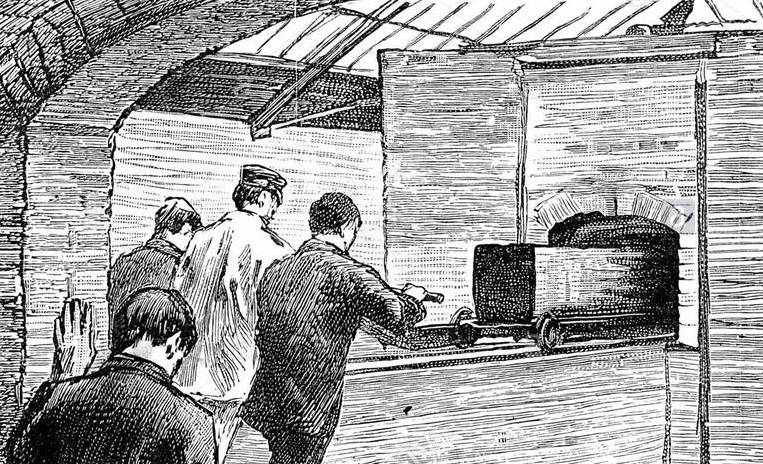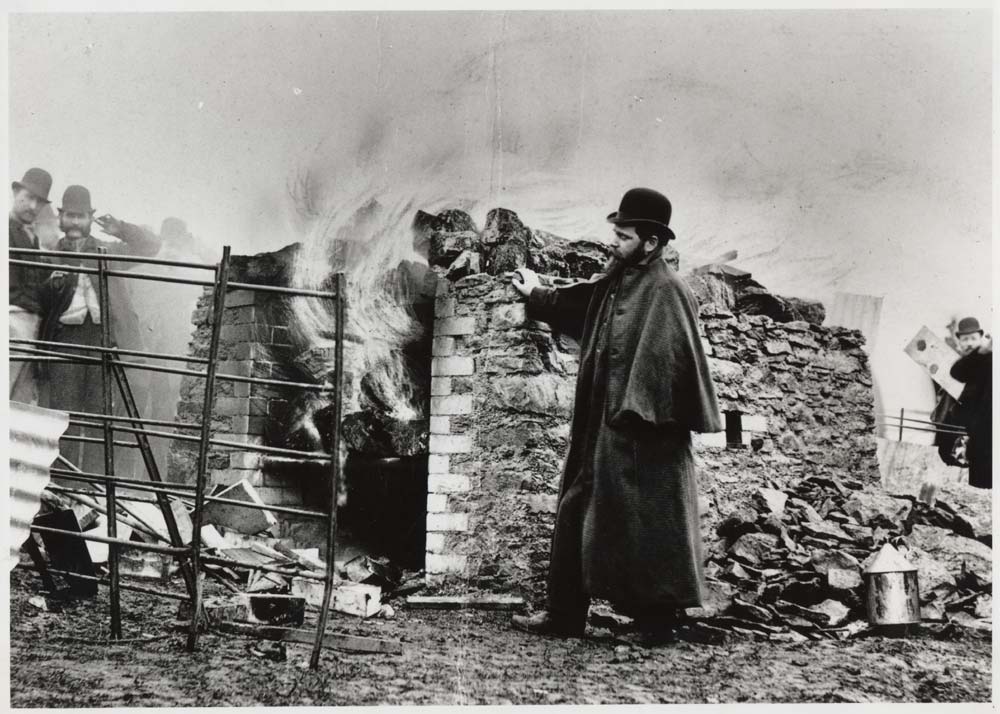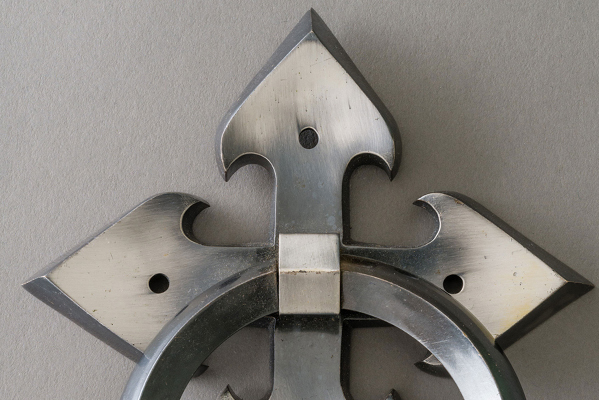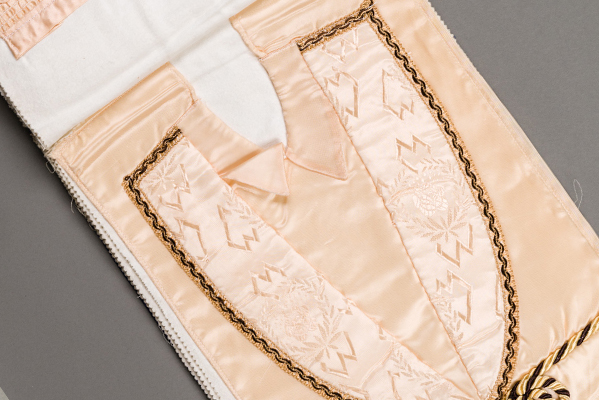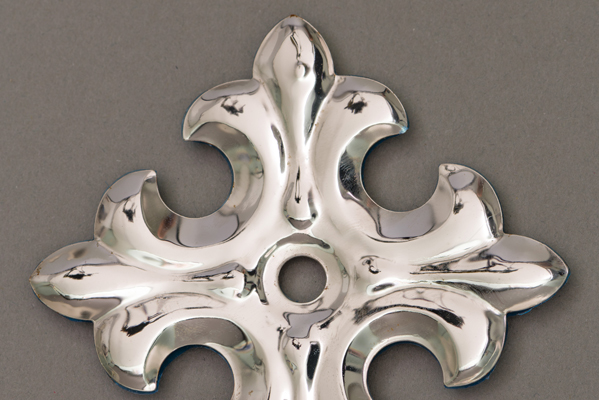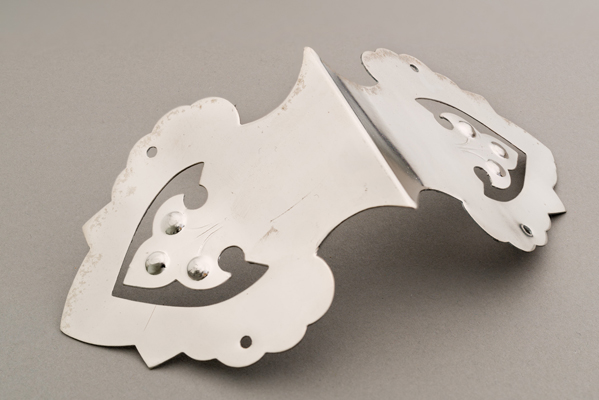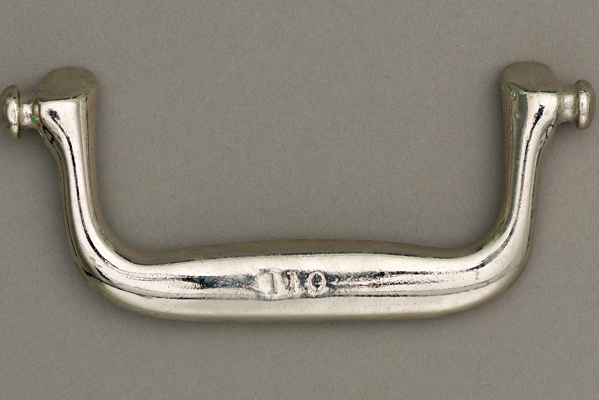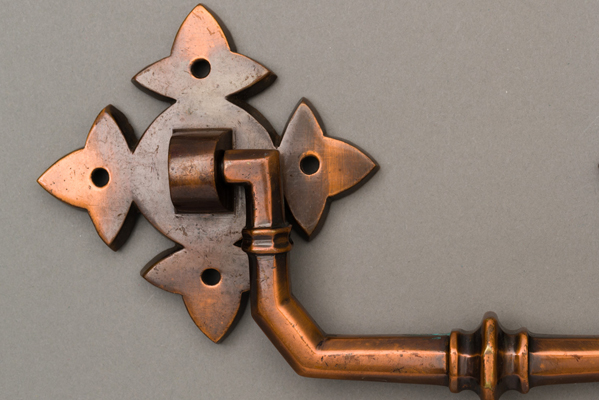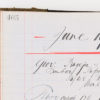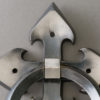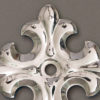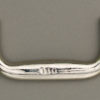Date: Between 1960s – 1990s
Material: Plastic
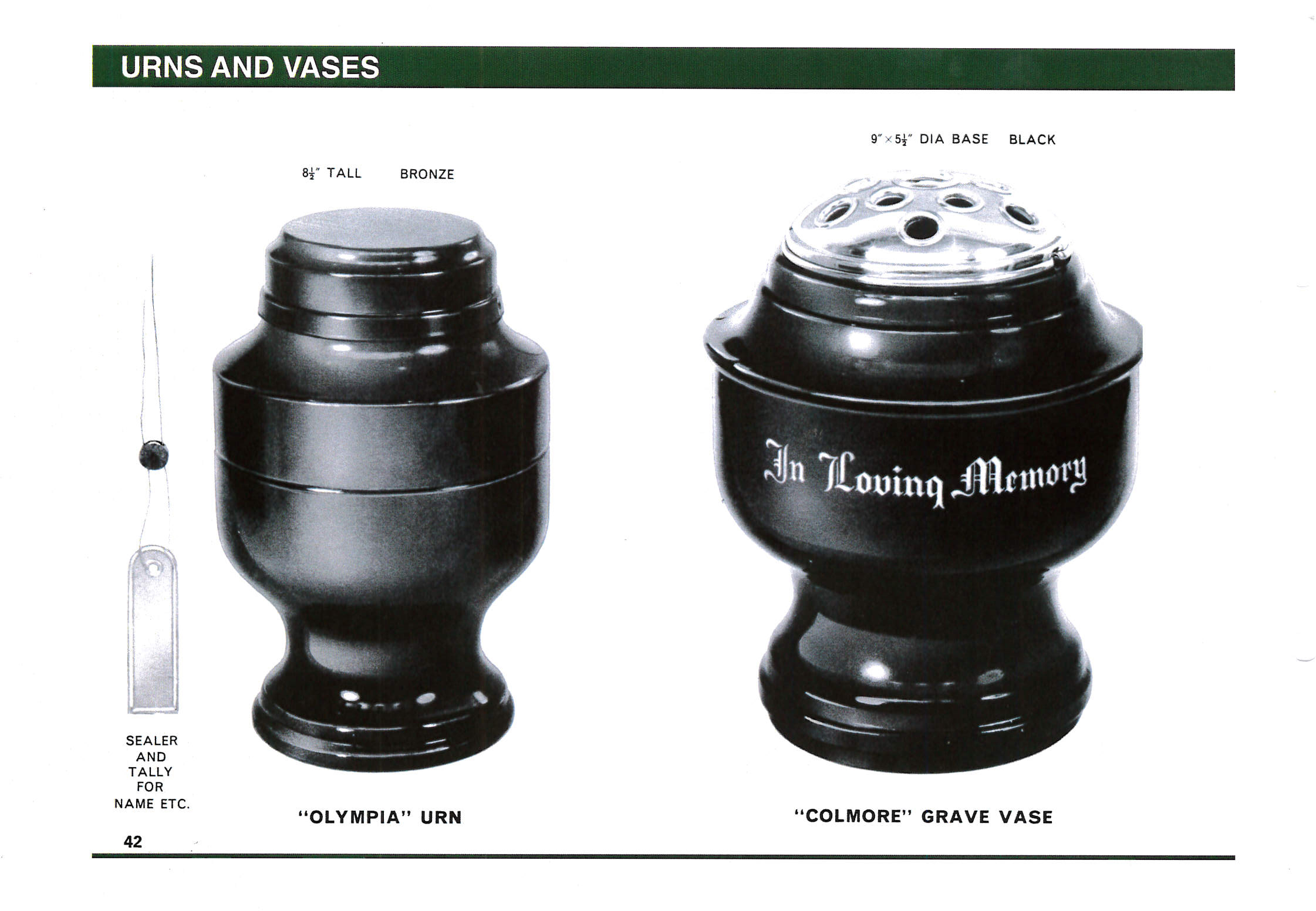
Production:
This plastic ashes urn was the cheapest option available at Newman Brothers. It was most likely used by funeral directors for people who could not afford funeral costs. Today, it is known as a Public Health Funeral, which was paid for and arranged by the government. This was (and is) done under the following circumstances:
- There isn’t enough money in the estate to pay for it.
- There are no relatives or friends available to arrange the funeral.
This is usually a cremation, as it is a cheaper option. There normally is a short service, but extras such as flowers, cars or notices in the local newspaper are not included.
History:
In the post-war years, society’s attitudes to death and funerals changed profoundly. New housing was a higher priority than cemeteries, and cremation slowly began to gain in popularity. The number of coffin furniture manufacturers in Birmingham shrank from twelve in 1944 to just three in 1967, with no new companies entering the market after 1949.
By the 1970s, the market for Newman Brothers’ products continued to shrink, cremation continued to increase in popularity, and there was a failure to modernise. Newman Brothers relied mainly on their reputation and existing customers. By this point, they had become a ‘one-stop shop’ by selling most things that the funeral director required, including ashes caskets.
In regards to cremation, funerary expert and historian, Brian Parsons says:
“The first regulations issued by crematoria can be traced to 1901 with the opening of Hull Crematorium where their instructions stated, ‘There is no smoke and little visible flame before the body is introduced, and if the coffin be made according to instructions (that is, preferably of dry oak boards, half an inch in thickness, without paint or varnish, and with no metal fixings of any kind, save under certain conditions, a thin zinc lining), there is practically no smoke during cremation.
